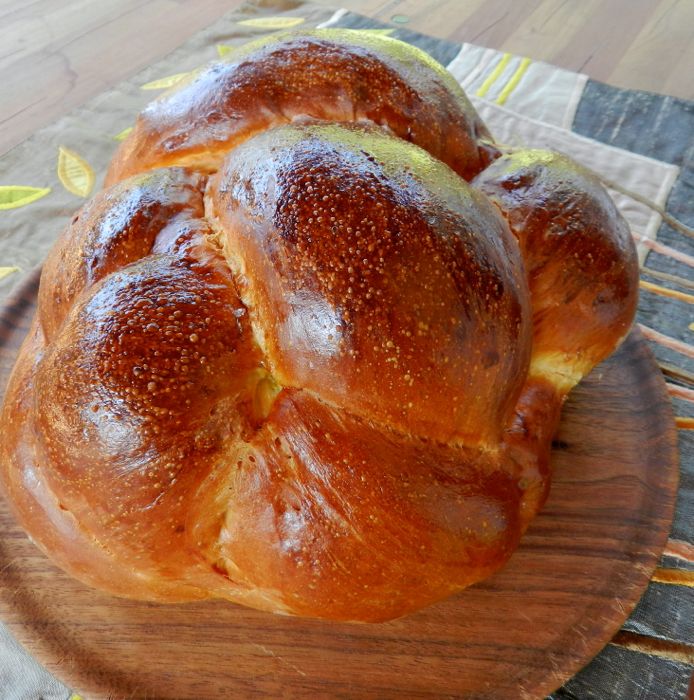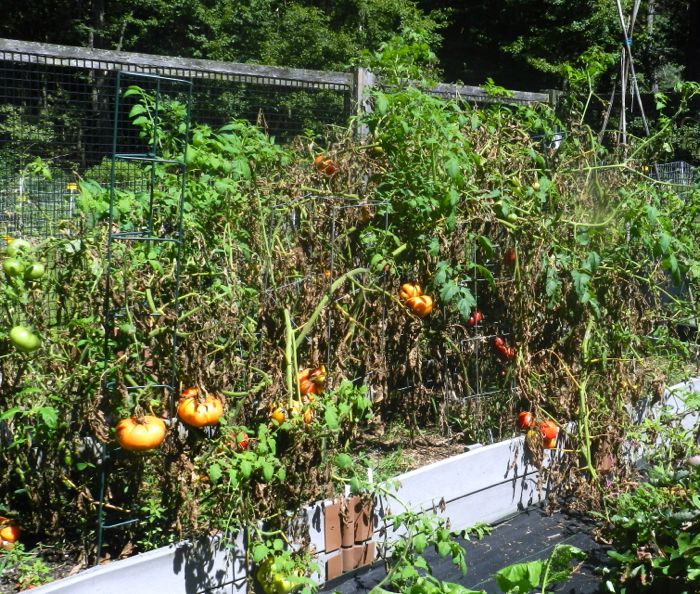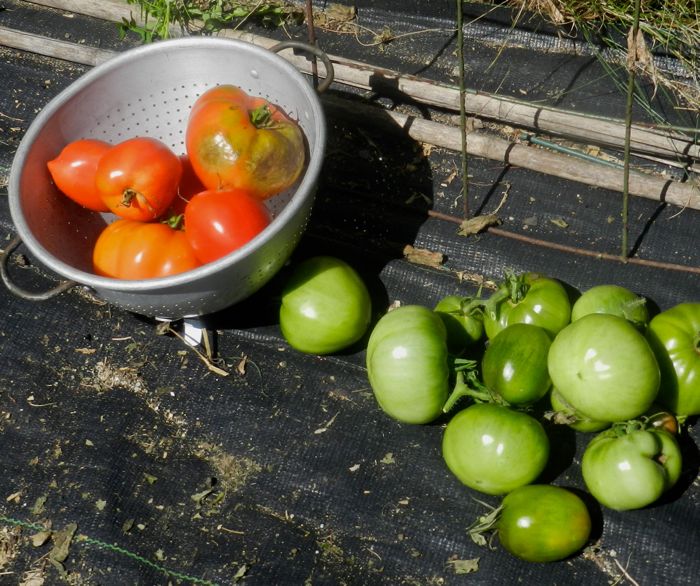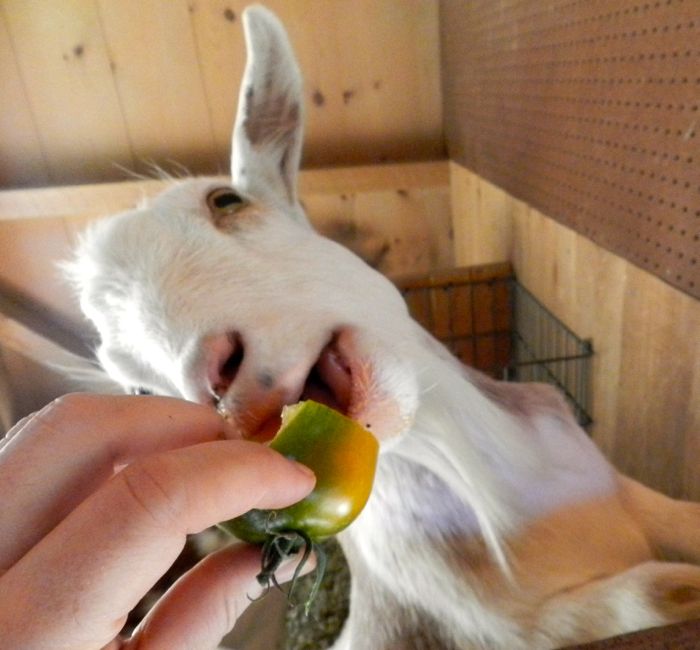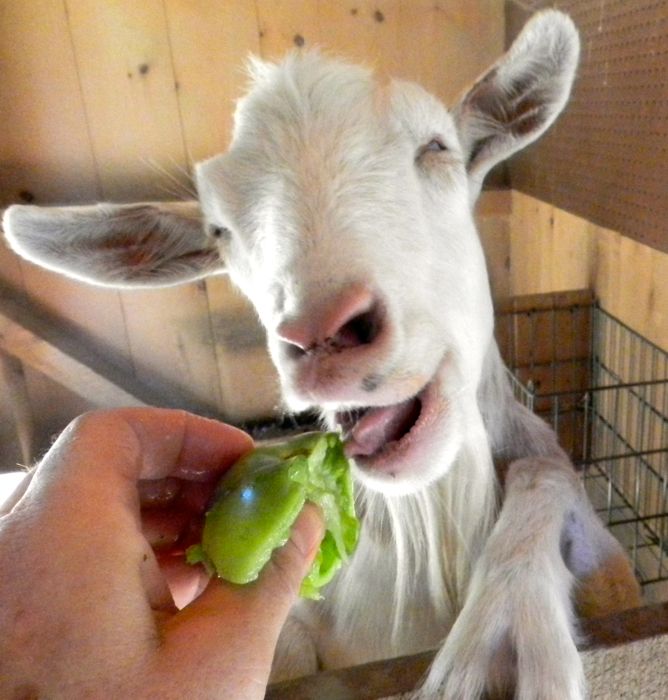I want the hens to lay their eggs in the nesting boxes, where they are left in clean pine shavings and are safe from being stepped on and dirtied until I collect them. I don’t want to hunt eggs down under bushes or in corners of the pen.
It’s not hard to get hens to lay in nesting boxes. They naturally want to leave their eggs in a semi-dark and cozy, softly bedded, safe place. I believe that airy coops with windows are best for hens, and so in my bright henhouses I carefully site the nesting boxes so that they are not bathed in sunbeams. My hens seem to like boxes from which they can watch the hubbub of the other girls, but be out of the fray themselves.
I want the hens to use the nesting boxes solely for laying. Laying and broody hens never defecate in their boxes, but leisurely hens who use boxes as beds instead of sleeping on roosts, do. So, when the chickens are not fully mature I do not give them access to the nesting boxes. Either the boxes are not installed or they’re blocked off. This way the pullets have no choice, and learn to roost on bars. When they reach laying age, the nesting boxes are hung about a foot off of the ground. Because the boxes are so low, and because hens like to roost hight, they don’t think about using them at night.
The Gems all lay their eggs in the nesting boxes. Here is Florence, glancing back at her egg before she goes outside to join the flock.
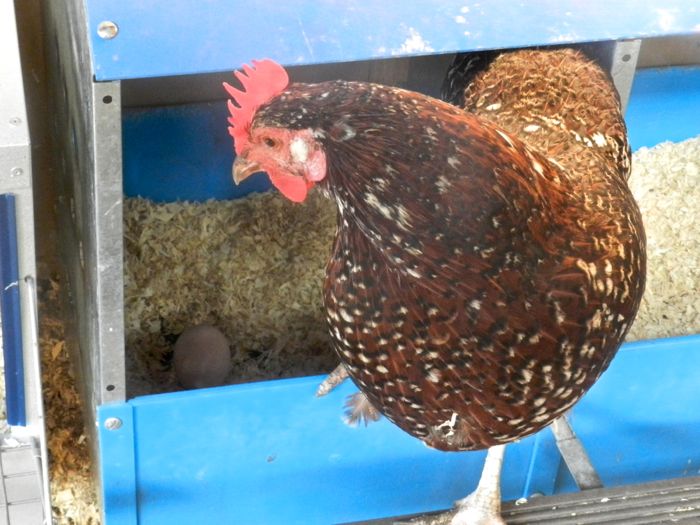
There are, however, always exceptions to the rule. Years ago, my bantam White Leghorn, Snowball, would leave eggs seemingly mid-step while she was off exploring. She was the inspiration for Tillie Lays An Egg. Lately, someone has been laying eggs at the very top of the roost. She’s obviously carefully placing them there, as has not been a single broken egg on the ground under the bars.
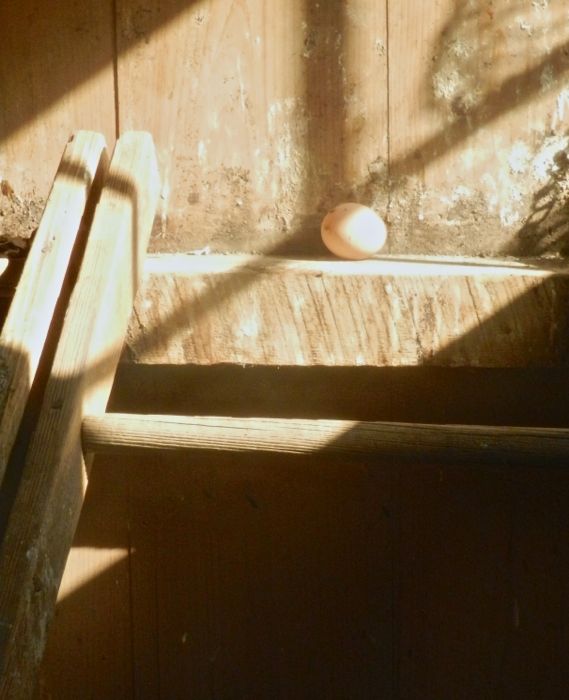
I find it first thing in the morning, so I think that she lays her egg before getting down for breakfast. Who is laying this egg? I have no idea! Do you? Has anyone caught this hen in the act?
Have you found any eggs in weird places lately?



